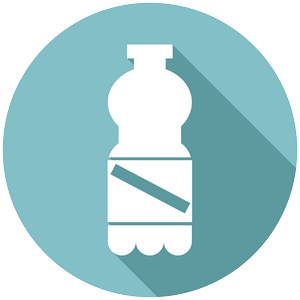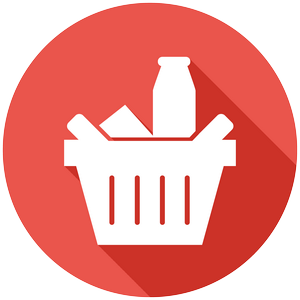As a seller, you try to aim for every product to be sold at the highest final sale price. But what most negotiators do not realize, is that the initial list price is the starting point for the negotiation. In other words: your opening offer is extremely important for the final sale price.
Posted in Archive, Strategy
published on Monday, 18 June 2018
Influencing behavior through advertisements, both consciously and unconsciously, but especially the latter, has given neuromarketing a bad reputation. Take James Vicary’s famous subliminal messaging experiment from the 1950s as an example. Vicary claimed that subliminal projections telling ten thousands of people to Drink Coca-Cola and to Eat Popcorn during a movie caused a 18 % sales increase for Coca Cola and 58 % sales increase for popcorn.
Posted in Archive, Conversion
published on Monday, 27 November 2017
For years, neuromarketeers have been in pursuit of the buy button. This specific neural pattern ought to align perfectly with a rising slope in the sales curve.
Unfortunately, reality is more complex than that. While specific kinds of brain activity are certainly predictive of purchase and preferences (the nucleus accumbens and frontal asymmetry pop up time and again), the ultimate response seems to vary with content and strategy.
Posted in Archive, Advertising
published on Wednesday, 25 October 2017
What does Snapple have in common with Perrier or 7up? Obviously, these companies all sell soft drinks, but there is another thing these brands have in common. All these three companies have changed their logo recently. Nothing special so far. Companies have to update their visual identity once in a while to keep up with the times.
Posted in Archive, Strategy
published on Monday, 04 September 2017
Did you read Barry Schwartz’ book The Paradox of Choice - Why More is Less? If not, this sentence is your executive summary:
There is such a thing as having too much choice
There are many scientific studies on the subject. Some find having more choice enhances consumers’ assortment evaluation and increases purchase likelihood. Others conclude more choice negatively effects satisfaction and, again, purchase likelihood.
Posted in Archive, Conversion
published on Monday, 08 May 2017





